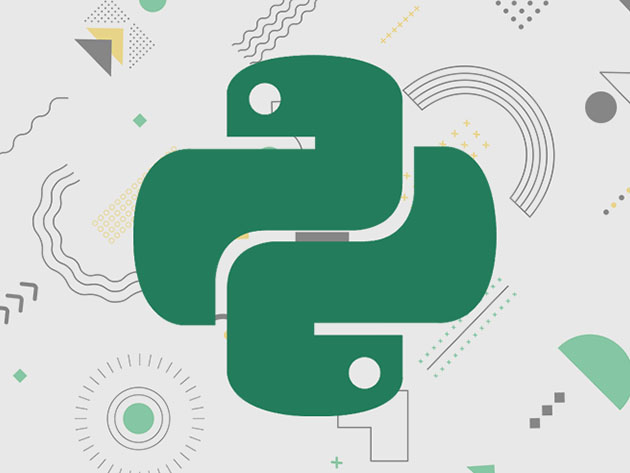Sharpen Your Skills with 17 Hours of Video Content + 5 eBooks on Python, AI, Deep Learning & More
Python is an open-source community-supported, general-purpose programming language that, over the years, has also become one of the bastions of data science. Thanks to its flexibility and vast popularity that data analysis, visualization, and machine learning can be easily carried out with Python. This course will help you learn the tools necessary to perform data science. You will explore coding on real-life datasets, and implement your knowledge on projects. By the end of this course, you’ll have embarked on a journey from data cleaning and preparation to creating summary tables, from visualization to machine learning and prediction.
Access 8 lectures & 3.65 hours of content 24/7
Learn data analysis, manipulation, & visualization using the Pandas library
Create statistical plots using Matplotlib & Seaborn to help you get insights into real-size patterns hidden in data
Gain an in-depth understanding of the various packages so as to perform data analysis & implement machine learning models
SpecsImportant Details
Length of time users can access this course: lifetime
Access options: desktop & mobile
Redemption deadline: redeem your code within 30 days of purchase
Updates included
Experience level required: all levels
Have questions on how digital purchases work? Learn more here
Requirements
Any device with basic specifications


Reviews for The Complete Python eBook & Video Course Bundle
Click Here to Read Reviews for The Complete Python eBook & Video Course Bundle >> Click Here to Submit Reviews for The Complete Python eBook & Video Course Bundle >>